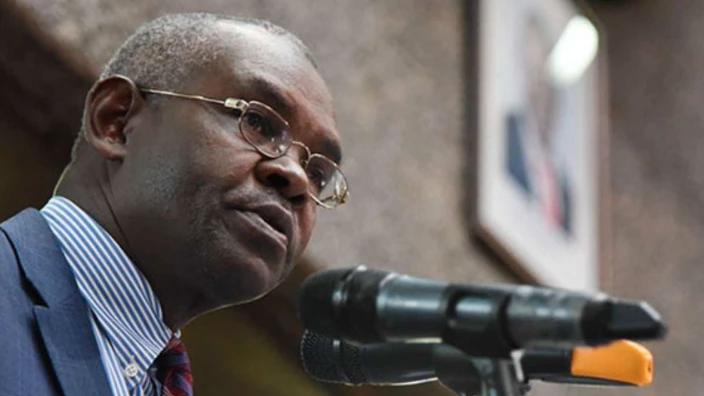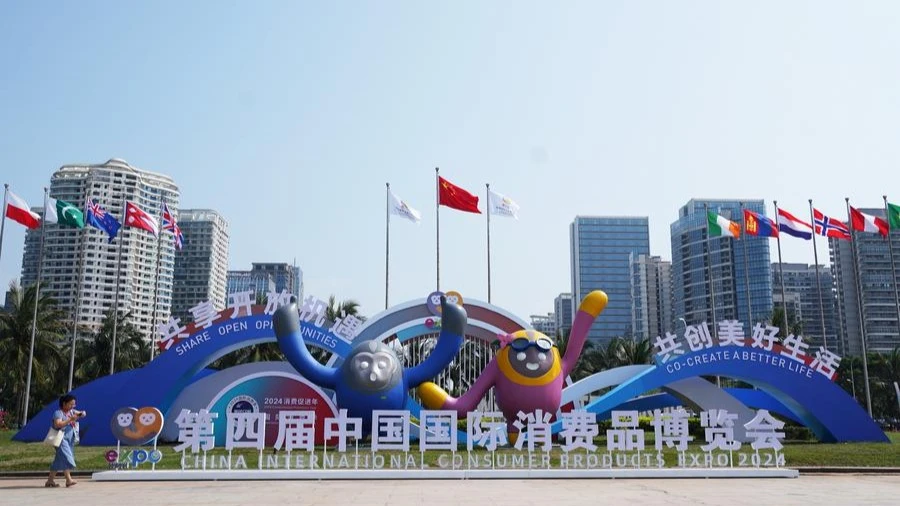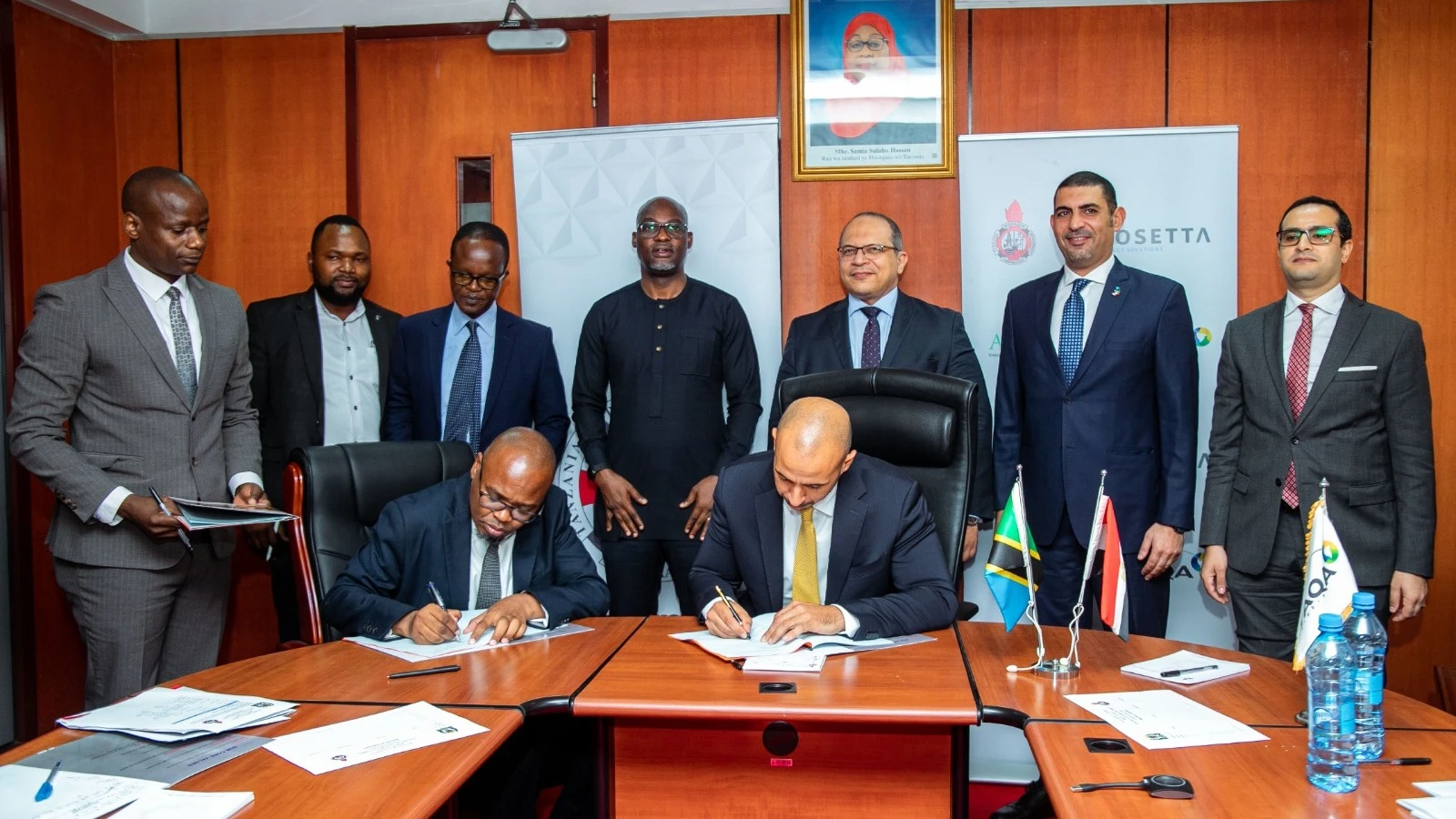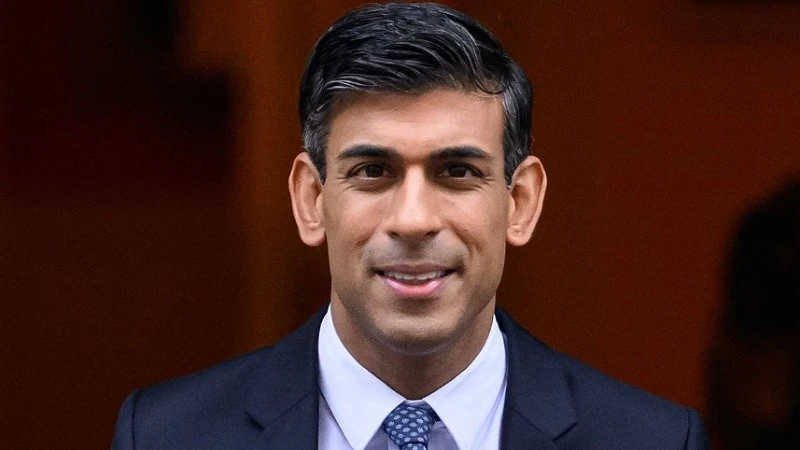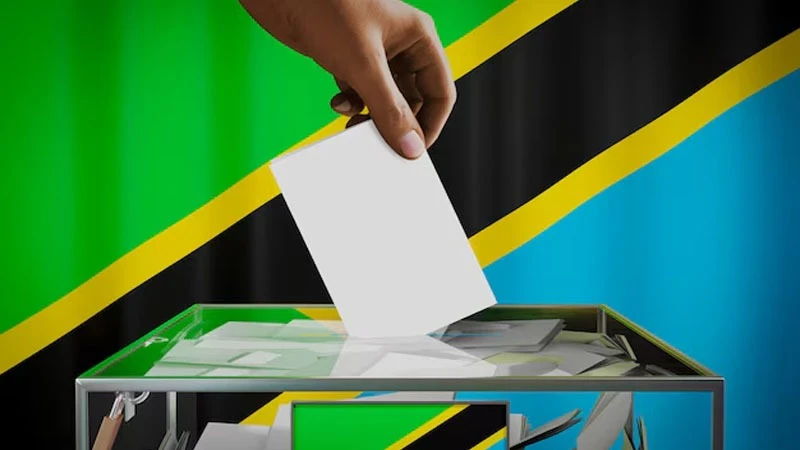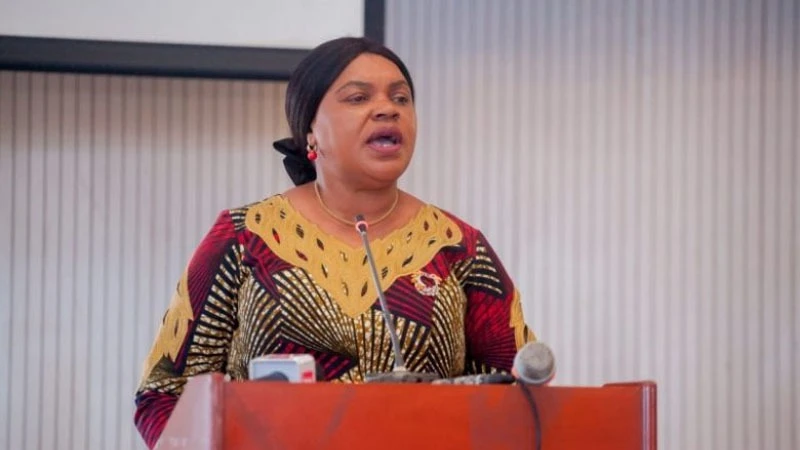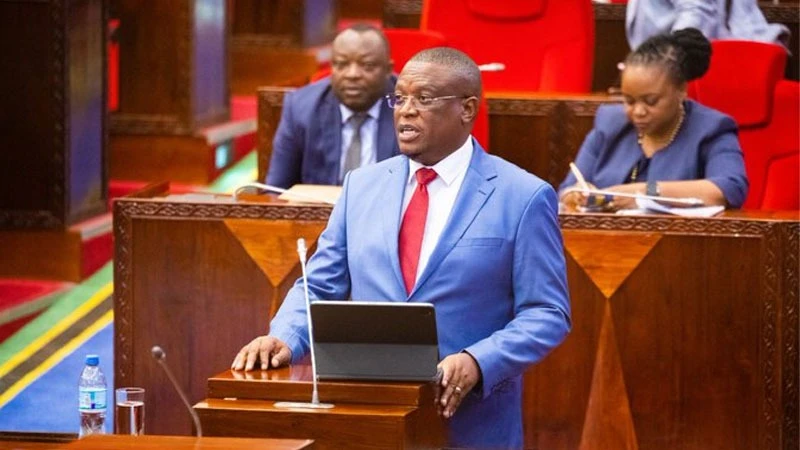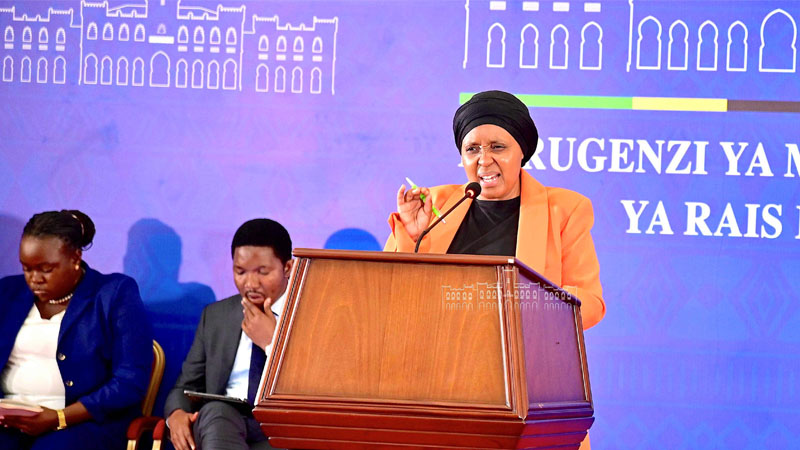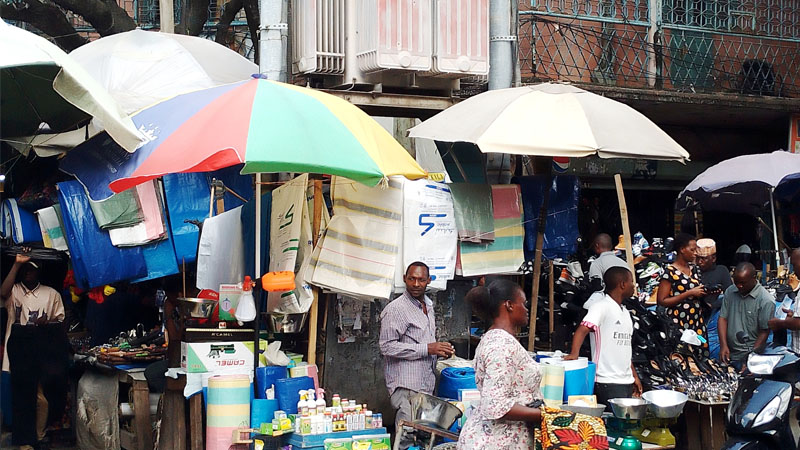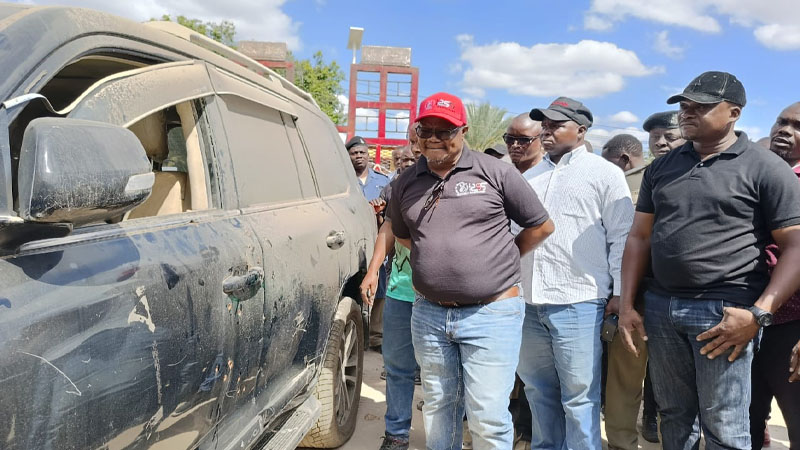Using fiscal measures, campaign to promote cleaner cooking energies
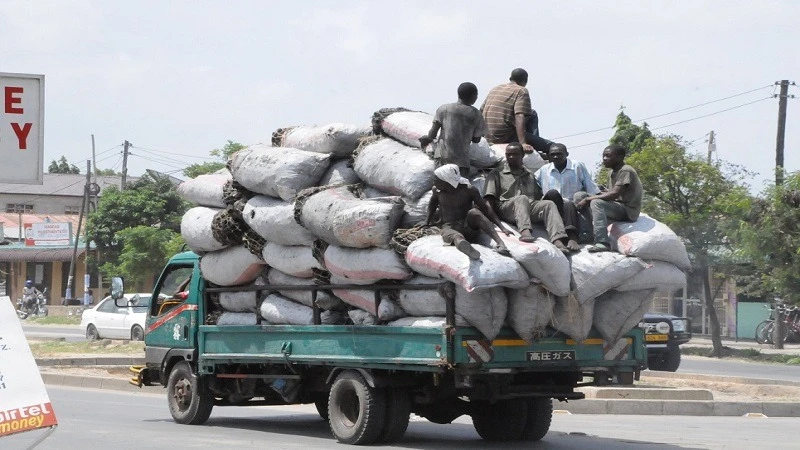
It is hard to convince a normal Tanzanian, especially those living in rural areas, that the use of firewood and charcoal is bad for their health and the environment.
This is due to the fact that, the two sources of cooking energy have forged the ‘livelihood bond’ with almost all Tanzanian communities, through traditions and overall human development.
Charcoal and firewood are being popular cooking energies because of their availability affordability into the localities.
In certain rural areas of the country, firewood is just been collected from the bushes for free.
It has been estimated that more than 90 percent of the biomass energy consumption comes from forest sources in the form of charcoal or firewood.
Inefficient charcoal production, utilization and trade are
known to contribute significantly to deforestation and forest degradation in Tanzania where the annual deforestation rate is estimated to be 460,000ha/year, according to the ministry of natural resources and tourism study conducted in 2019.
According to the new report titled “Impact of access to sustainable energy survey 2021/2022: Access to electricity and modern cooking solutions” by the National Bureau of Statistics (NBS) and Statistics Norway, around seven out of ten households in Mainland Tanzania use firewood as their main source of energy for cooking, compared with eight households in the National Sample Census of Agriculture (NSCA) 2019/20.
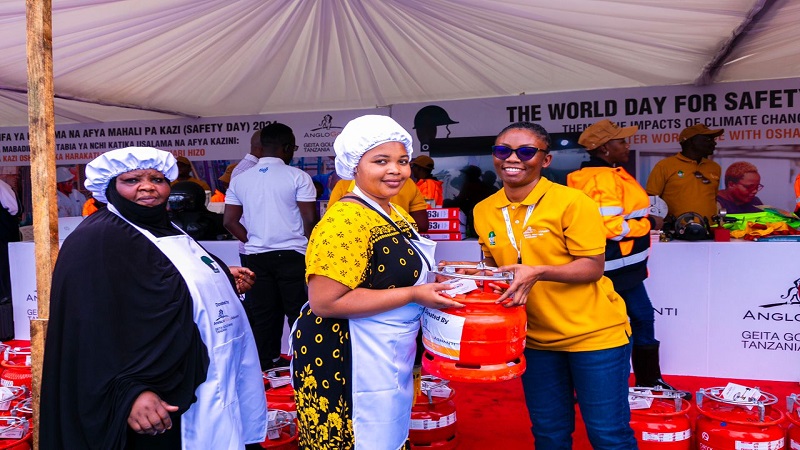
Also, two out of ten households use improved charcoal burner and the remaining eight out of hundred households use other stoves.
In rural areas, the survey shows 97.9 percent use firewood and charcoal as the main sources of cooking energy, while in other urban and Dar es Salaam, the rate of the uses of firewood and charcoal stand 83.7 percent and 65.4 percent respectively.
Top five regions which their households mostly depended on firewood as their main source of cooking energy, according to the survey are Simiyu (94.1 percent), Singida (92 percent), Geita (91.7 percent), Tabora (87.2 percent) and Dodoma (84.7 percent).
The low rate of the use of firewood as the main source of cooking energy were recorded in Dar es Salaam (6.1 percent), Tanga (43.6 percent), Katavi (45.4 percent), Songwe (49.3 percent) and Mwanza (56.4 percent).
Anna Senyangwa (58), resident of Mbande village, Kongwa district in Dodoma region believes that despite of their impact on health environment, the use of charcoal and firewood can’t be quickly avoided.
“Since we grew up, our mothers have been using firewood and charcoal for all household’s cooking. I think it might be a myth when people are saying that biomass are bad for health and environment,” said Senyagwa.
Senyagwa said the use of firewood and charcoal is cheaper and accessible than other new forms of energies, which are believed to be safer for human health and environment.
“I should give you a confession that since I was born, my mother has never complained about her health when using firewood. And if they want us to abandon these forms of traditional cooking energy solutions, where are the gases and to what economic capability people will afford?” she questioned.
A mother of two, Asha Musa (34) resident of Mwananyamala in Dar es Salaam, a food vendor, says she has been using charcoal to prepare food for her customers for ten years now, the lifetime of her business.
“I have been using charcoal in preparing food and I had never thought of migrating into other sources of energy, specifically Liquefied Petroleum Gas (LPG), because of the high initial costs of buying filled cylinder and the stove,” she said.
Musa said charcoal is plenty at the next door, where she can buy on cash or sometime she can obtain charcoal on credit and pay the next day morning.
“I am spending at least 8,000/- in buying charcoal each day, of which I assuredly get good returns from my daily food vending business. I have never regretted using charcoal,” Musa, who earns at least 45,000/- as gross income per day said.
“Depending on the level of my income, it is hard for me to raise 95,000/- to buy a filled 30-kilogramme’s LPG cylinder and 70,000/- for a stove at once. If I do that, it will be the end of my business, because of my little capital I have.”
When asked whether she understand the effects of using charcoal or firewood to the environment and health, Musa said, “as far as they are sold legally, in accordance with the laws and regulations, there is nothing bad”.
Senyagwa and Musa are among of millions of women in both rural and urban areas, who have been unknowingly, prone to respiratory and visual diseases or contributing to forests clearance and degradation.
According to Dr Paul Dotto Kuhenga, the lecturer, University of Dar es Salaam School of Journalism and Mass Communication and environmental expert, a total of 300,000 acres of forests are cleared each year in Tanzania due to increased economic activities and energy use.
Although agriculture accounts for nearly 80 per cent of forests clearance, the increase of urbanization and demands for energy, timber and food are also main factors lead to deforestation.
Dr Kuhenga believes that with the abundant natural gas reserves amounting to 57.54 trillion cubic feet (tcf), of which are found in both onshore and offshore, Tanzania has the greater advantage of serving its forests from clearance by promoting the use of “God Given” resources in cooking.
He says there is a need of increased awareness as well as put up enabling infrastructure to ensure many people use gas to alternate biomass, specifically trees.
However, Dr Kuhenga is worried about the slow pace by the government to enable the setting up of enabling infrastructure to exploit natural gas.
He also said as far as policies, law and regulations recognizes firewood and charcoal businesses as they are taxed.
He recommends for more research should be conducted that will led into review of the regulations promoting the use of biomass for cooking energy.
In 2014, according to the government, charcoal generated at least US$1 billion per annum in revenues, supporting the livelihoods of hundreds of thousands of suppliers, transporters and traders.
It was estimated that about 5 million tonnes of charcoal will be consumed in Tanzania by 2030, according to the ministry of energy.
“We have fears of establishing the new thing that makes us to only dealing with crosscutting issues; we need to take risk,” he said recently in Dodoma. “The biggest elephant in the room is the government’s mindset change.”
Looking forward, Dr Kuhenga said there is a need of increased awareness campaigns to promote the use of gas in order to protect forests, enactment of proper regulations as well as promote gas supply chain transparency.
Deputy Prime Minister and Minister responsible for energy sector Dr Doto Biteko said the government has started an aggressive measure that will ensure the increase of the use of gas in cooking, to alternate firewood and charcoal.
One of the measures that will enable the reduction of deforestation, in search for cooking energy, according to the minister is increase distribution of LPG cylinders in different parts of the country.
However, the deputy PM believes that the cost factor for cylinders and burners are remained the major challenge to ensure the increased use of gas for cooking.
Dr Biteko therefore said the government is expected to implement fiscal measures during the next financial year starting in July, to enable the reduction of the initial costs of obtaining LPG facilities among Tanzanians.
Although he did not give more details, he said the fiscal measures will also go hand in hand with sensitizing LPG suppliers to open more supplying points in different parts of the country.
All these measures, he said, will enable the country to reach the target of using gas as main source of cooking energy to eight out of ten households (84 percent) by 2034.
The Sustainable Development Goal 7 (SDG7) aims to increase access to affordable, reliable, and modern energy services to the world’s population by ensuring universal access to affordable, clean cooking solutions by 2030.
Other SGD Goal 7 include integrate clean cooking into national and city energy planning and NDCs and implement through coordinated delivery mechanisms, create favorable and stable policy and fiscal environments to accelerate sustainable clean cooking markets, dramatically scale public funding and private investment for clean cooking and put people at the center of clean cooking solutions.
Yet, with fewer than ten years until 2030, the world remains far off track to meet SDG7 — ensure access to affordable, reliable, sustainable, and modern energy for all as the level of funding and investment in the clean cooking sector has not matched the global magnitude of the challenge.
According to Cleaner Cooking Alliance (CCA), approximately one-third of the world’s population today (2.6 billion people), still lack access to clean cooking solutions, costing trillions of dollars in damage to the climate and local economies and contributing up to 4 million premature deaths each year.
“It is the moment to prioritize access to clean cooking solutions in global and national arenas and dramatically scale up public and private financing,” the alliance notes.
Top Headlines
© 2024 IPPMEDIA.COM. ALL RIGHTS RESERVED



